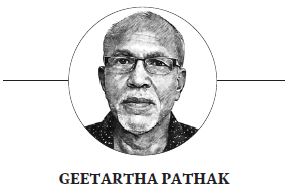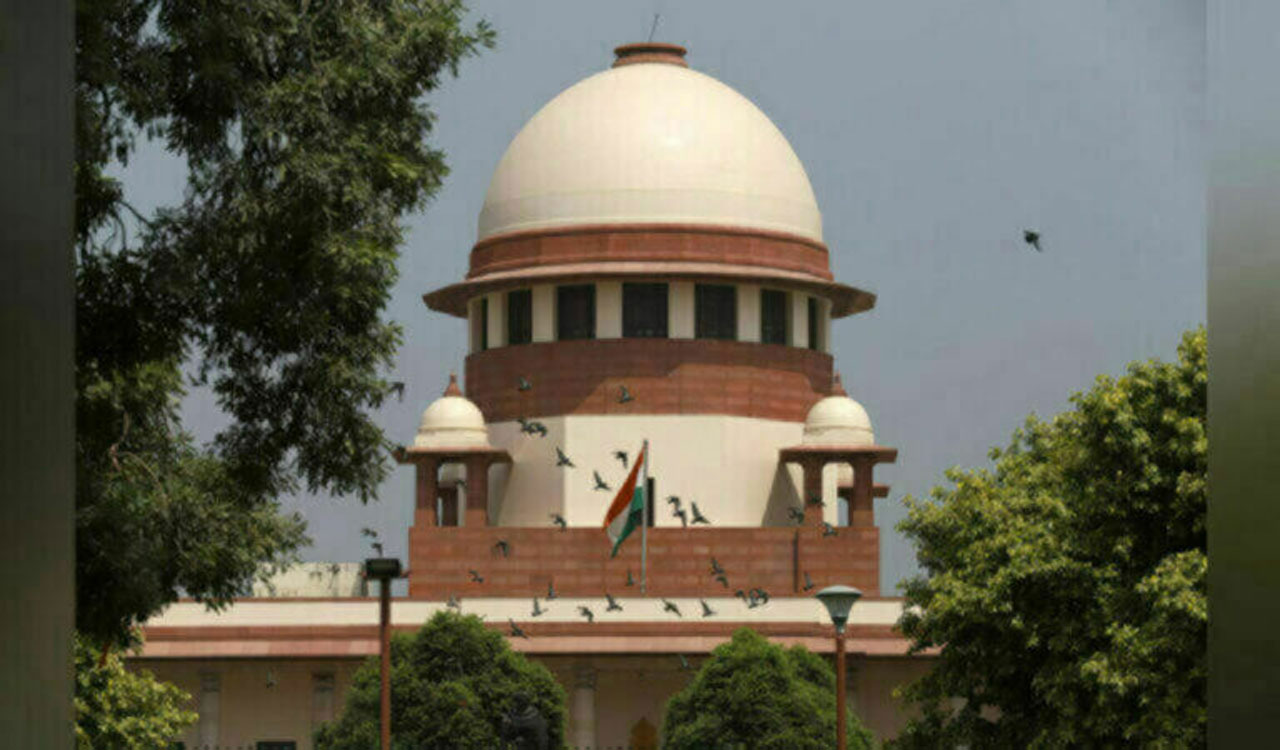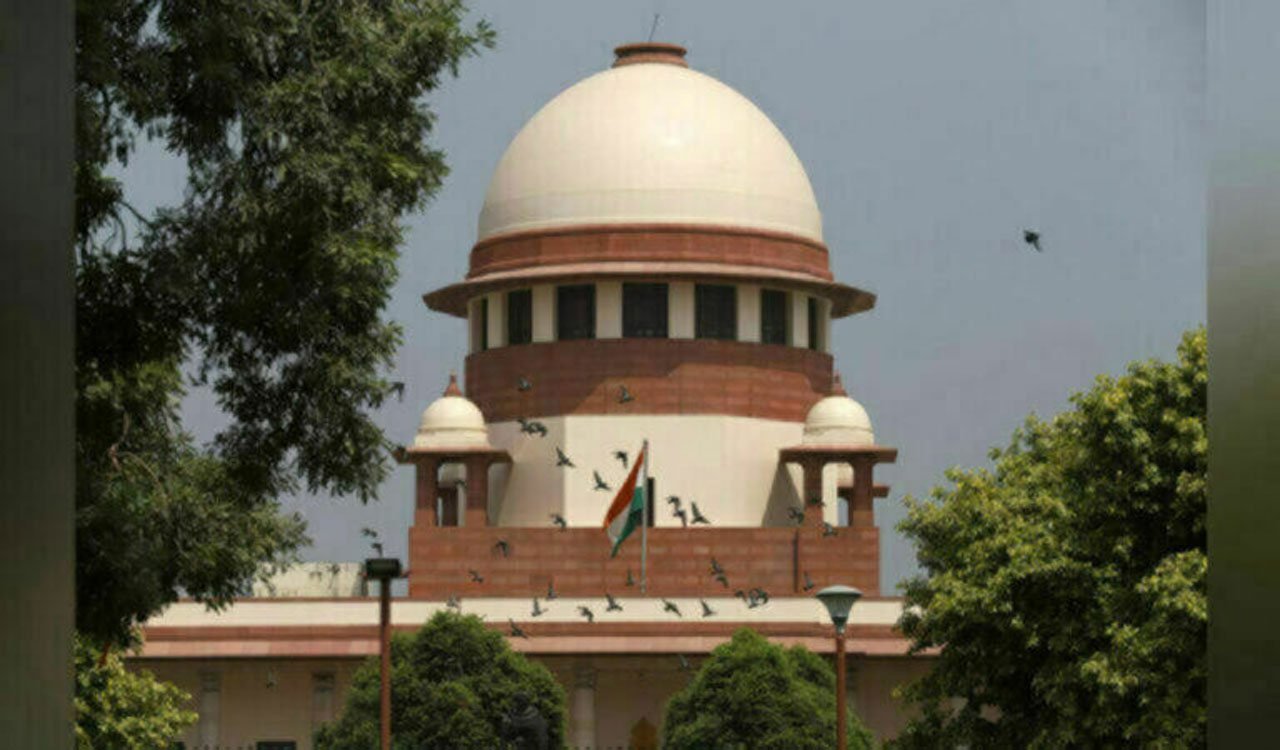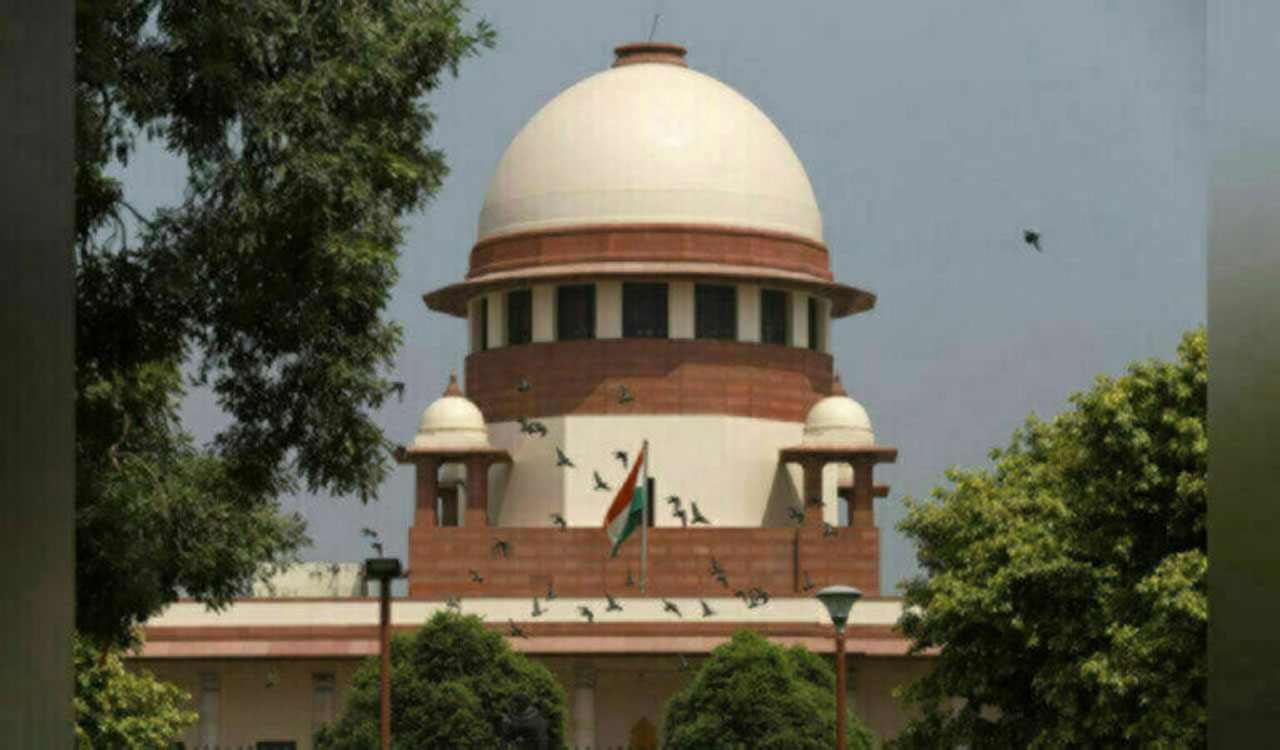Opinion: 2 yardsticks to decide citizenship
The validity of Section 6A of the Citizenship Act will collide with Section 6B of the controversial CAA

By Geetartha Pathak
The Supreme Court on October 17 in its landmark judgement upheld the constitutionality of Section 6A of the Citizenship Act, 1955, which granted citizenship to immigrants who entered Assam between January 1, 1966, and March 25, 1971. Section 6A was inserted into the Citizenship Act, 1955, as a special provision to accommodate the conditions laid down in the Assam Accord signed between the then Rajiv Gandhi-led Congress government at the Centre and the All Assam Students’ union (AASU) and Assam Gana Sangram Parishad, the organisations that spearheaded the Assam Agitation during 1979-1985.
Assam Accord
The Accord stated, among other clauses, that names of all foreigners coming to Assam on or after March 25, 1971, would be detected and deleted from electoral rolls with steps taken to deport them.
The AASU described the judgment as a victory of the Assam movement. In a statement, it said the verdict re-established the rationality of the Assam movement and the Assam Accord. The student body demanded full implementation of every clause of the Accord.
The agitators had demanded 19 July 1948 as the cut-off date for granting citizenship as enshrined in Article 6. The leaders who led the Assam agitation for six long years first demanded that the cut-off year for detection and deportation be 19 July 1948. However, the Indira Gandhi government at the Centre stuck to 1971 which was rejected by the agitating student and youth bodies. Finally, after several parleys, the base cut-off date was dragged back to 1966 but the foreign nationals who entered between 1 January 1966 and 24 March 1971 would have no voting right for the next ten years from the date of detection. Thus, the final cut-off date practically remained 25 March 1971.
The Assam agitation would have ended in 1980 itself had the leaders agreed to the proposal of Yashpal Kapur, the personal emissary of Indira Gandhi. Now welcoming the apex court’s verdict upholding 25 March 1971 as the cutoff date instead of taking the opportunity to meet the original demand of 19 July 1948, leading organisations of the Assam Agitation and their offshoot regional political parties have set up a dichotomy. Rajiv Gandhi even dismissed his own party’s State government in Assam led by Chief Minister Hiteswar Saikia prematurely which was one of the conditions of the agreement. The AASU and the AGP should have supported the petitioners who filed a court case against Section 6A. However, by signing the Assam Accord the leaders are obliged to accept 25 March 1971 as the cut-off date.
The Supreme Court was hearing petitions filed by NGOs — Assam Public Works, Assam Sanmilita Mahasangha and others which condemned Section 6A for the huge inflow of illegal immigration, which was putting an incredible burden on the State’s economic and developmental goals, and causing demographic changes. They said the provision was a threat to the Assamese people’s right to protect and conserve their political, linguistic, and cultural rights. They urged the apex court to declare Section 6A discriminatory, arbitrary, and illegal.
SC Verdict
The apex court’s verdict has many interesting implications. The validity of Section 6A of the Act will collide with Section 6B of the controversial Citizenship Amendment Act (CAA) which seeks to grant citizenship to a class of migrants belonging to Hindu, Sikh, Buddhist, Jain, Parsi or Christian communities but not Muslims who entered India before Dec 31, 2014 from Pakistan, Afghanistan and Bangladesh. It is to be noted that the CAA has exempted Sixth Schedule areas and parts covered under the inner line permit of the North-eastern States including Assam. The amendment was challenged before the Supreme Court by the Indian union of Muslim League, Assam Pradesh Congress Committee and many others, which is still pending in the apex court.
By upholding Section 6A, no Hindu, along with Jain, Sikh, Parsi, Buddhist and Christian immigrants who migrated after 25 March 1971 will be accorded citizenship in Assam. Section 6B will not be applicable in granting citizenship to the six non-Muslim religious groups. In the completed National Registration of Citizenship (NRC) in Assam, almost 19 lakh names were dropped from the list of which a maximum number of dropouts are Bengali Hindus. One of the election planks to woo the Bengali Hindu voters in Assam as well as in West Bengal of the ruling BJP is granting citizenship to Bengali Hindus who migrated from Bangladesh. In the last parliamentary elections and other byelections, the ruling BJP got the majority of votes of such Hindu Bengali immigrants. With the judgement of the Supreme Court, the party will not be able to play the CAA trump card in Assam.
Foreign Nationals
There must be a time limit for detecting and deporting foreign nationals. The government cannot sit idle by enacting a piece of law to deal with foreign nationals illegally living in India. If a group of foreign nationals enters India after 19 July 1948 and live in the country for five to six generations assimilating with the local people, adjusting to the local cultural and social environment, and establishing human relations, it will be a humanitarian crisis to expel them from the country. The foreign tribunals of Assam declared 47,928 people as foreigners between 1971 and 2014, of which 27,309 were Muslims and 20,613 Hindus, while six were from other religions.
CAA seeks to grant citizenship to a class of migrants belonging to Hindu, Sikh, Buddhist, Jain, Parsi or Christian communities, but not Muslims, who entered India before Dec 31, 2014 from Pakistan, Afghanistan and Bangladesh
The statistics were given by Assam Chief Minister Himanta Biswa Sarma on the floor of the House. However, in the updated NRC, the names of 19 lakh people were excluded suggesting them as illegal immigrants. How is it possible to deport 19 lakh people who have been living here for several generations is a big question. It was perhaps possible immediately after the Assam Accord was signed by the successive governments of which AGP led the government for two terms.
Justice JB Pardiwala’s opinion in his dissenting judgement that the provision of Section 6A of the Citizenship Act, 1955, is “manifestly arbitrary” and “in the absence of any temporal limit to its application, with the efflux of time is rather counter-serving the object with which it was enacted” has relevance in this perspective. He said the “open-ended nature of Section 6A has, with the passage of time, become more prone to abuse” and “promotes further immigration into Assam.”
Chief Justice of India DY Chandrachud characterised the Assam Accord as a “political solution” and Section 6A as a “legislative solution” balancing humanitarian concerns for migrants of Indian origin with the economic and cultural impact of such migration on Indian States.
The cut-off date of 24 March 1971 was rational, he said, as it distinguished “migrants of partition” from those entering after Pakistan initiated “Operation Searchlight” on 25 March 1971. Those who entered after that were termed as “migrants of war” and therefore illegal. Therefore, the humanitarian concern was one of the angles at play in upholding the validity of Section 6A.
No doubt the influx of foreign nationals from Bangladesh has caused a demographic change in Assam. However, the reason for this influx is historical as well as political. The problem needs a practical solution rather than embroiling the issue with politics of power and judicial war.

(The author is senior journalist from Assam)
Related News
-
‘Media shouldn’t exaggerate’: SC irked over news reports on hearing over ‘VIP’ visits at temples
-
Supreme Court to test validity of two provisions of 1991 law on religious places
-
Delhi liquor policy scam: SC relaxes Sisodia’s bail condition (Ld)
-
Trump says he can’t guarantee tariffs won’t raise US prices, promises swift immigration action
-
Telangana techie loses Rs 4.15 lakh to online gold trading fraud
4 mins ago -
Hyderabad: Couple working as house help at doctor’s residence held for theft
19 mins ago -
Hyderabad auto driver foils attempt to kidnap young woman, five held
1 hour ago -
Haiti gang attack on journalists covering hospital reopening leaves 2 dead, several wounded
2 hours ago -
21 dead as Mozambique erupts in violence after election court ruling
3 hours ago -
Cartoon Today on December 25, 2024
10 hours ago -
Sandhya Theatre stampede case: Allu Arjun questioned for 3 hours by Chikkadpallly police
11 hours ago -
Telangana: TRSMA pitches for 15% school fee hike and Right to Fee Collection Act
11 hours ago




